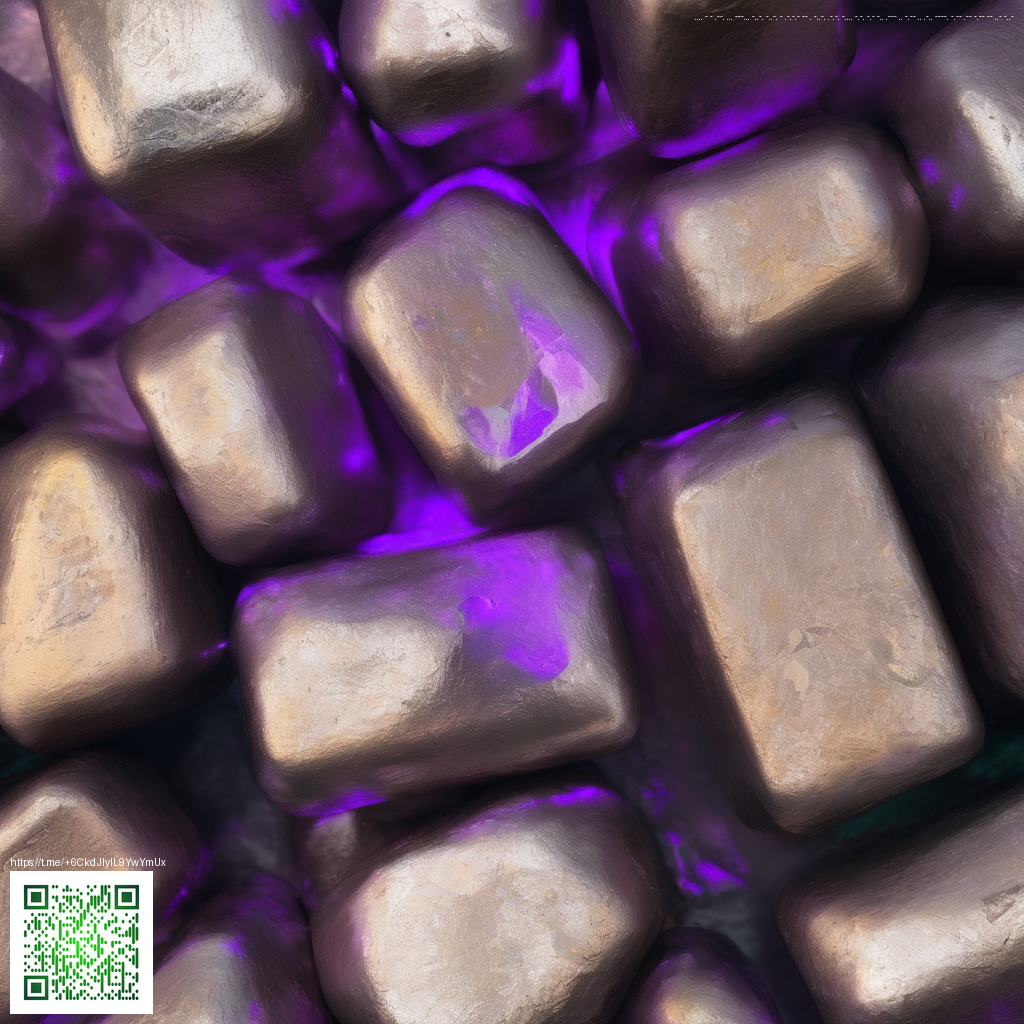Adoption Trends in Solana and Cardano
In the rapidly evolving landscape of blockchain platforms, Solana and Cardano stand out not just for their technical designs but for how quickly communities, developers, and institutions are embracing them. Adoption is a multi-dimensional metric: it’s about developer activity, real-world use cases, and the smoothness of user experiences. When you weigh these factors, it becomes clear that the two ecosystems are pursuing different paths to scale, security, and mainstream usage. The conversation around adoption isn’t only about throughput or uptime; it’s about how welcoming a platform is to builders and how reliably end users can transact, deploy applications, and participate in governance.
Solana has earned attention for its high throughput and exceptionally low fees, traits that translate into rapid product experiments in DeFi, non-fungible tokens, and fast-paced gaming dApps. Its ecosystem often highlights throughput as a selling point, supported by innovations like fast block times and a unique consensus approach. This combination has attracted a wave of developers who want to push the envelope on what a “high-speed” blockchain can host. However, adoption here is also tempered by occasional network outages and complex operational considerations that can deter smaller teams without strong engineering support. Still, the momentum among traders, yield strategies, and wallet ecosystems remains a powerful signal of ongoing uptake.
Cardano’s methodical maturity and governance-first approach
Cardano emphasizes research-driven development and formal verification, with growth often measured through slow, deliberate increments rather than rapid feature dumps. Its long-term adoption story is anchored in governance structures like Project Catalyst, which invites community members to propose and fund improvements. This approach tends to attract applicants who value auditable, peer-reviewed engineering and a steady cadence of upgrades. The trade-off is a longer runway to market-ready features, which can slow immediate mass adoption but can yield durable trust among institutions and developers who prioritize security and verifiability.
From a macro perspective, Cardano’s emphasis on interoperability and layered architecture often translates into a different kind of ecosystem maturity. Rather than chasing peak transaction counts, Cardano’s supporters look for measurable progress in formal methods, sustainability, and long-term network health. In practical terms, this translates to beta features being thoroughly vetted, predictable upgrade paths, and a governance process that aims to minimize disruptive forks. For enterprises exploring blockchain pilots, Cardano’s governance-first posture can be a compelling reason to allocate budget and time to the platform, even if the headline throughput remains lower than some rivals.
What the data suggests about user and developer engagement
- Developer tooling and onboarding: Solana benefits from rapid deployment tooling and a growing set of SDKs that reduce the time to prototype a product. Cardano’s approach rewards long-term contributors with governance participation, grants, and a more deliberate path to production-ready capabilities.
- Use-case diversity: Solana’s ecosystem is often linked to high-velocity DeFi and NFT activity, while Cardano frequently highlights education, formal verification-driven projects, and industry-grade deployments that require robust auditing.
- Institutional interest: Institutions tend to favor platforms with transparent upgrade processes and stable long-term roadmaps. Cardano’s governance model can be appealing in contexts where policy alignment and risk management matter, while Solana’s rapid experimentation appeals to firms seeking quick, tangible pilots.
For builders and investors, the practical takeaway is to assess not only what a platform can do today, but how it plans to handle future growth, security, and ecosystem support. The right choice often depends on the specific application: a lightning-fast trading venue may align more with Solana’s strengths, whereas a regulated, audit-heavy DeFi product might benefit from Cardano’s formal verification ethos. In both cases, communities that foster robust documentation, tutorials, and support channels tend to accelerate adoption more effectively than any single technical metric.
“Adoption hinges on reliable developer tooling, predictable upgrades, and an excellent user experience—three ingredients both Solana and Cardano are actively refining, sometimes with different philosophies.”
As you explore strategies for deployment, you might also consider how your workstation setup supports long hours of research and development. For a practical desk upgrade, some teams opt for a vegan leather mouse pad with non-slip eco ink to blend comfort with sustainability during extended coding and testing sessions. It’s a small detail, but it can improve focus when you’re comparing network metrics, reading governance proposals, and drafting go-to-market plans.
Meanwhile, the broader market narrative continues to evolve, influenced by new bridge solutions, cross-chain liquidity, and ongoing education within both communities. The Solana ecosystem’s rapid experimentation must contend with resilience considerations, while Cardano’s measured progression must maintain momentum to satisfy developers seeking quicker, auditable results. In practice, many teams now pursue hybrid strategies—building on multiple chains to exploit each platform’s strengths while hedging risk with interoperable design patterns and standardized testing suites.
